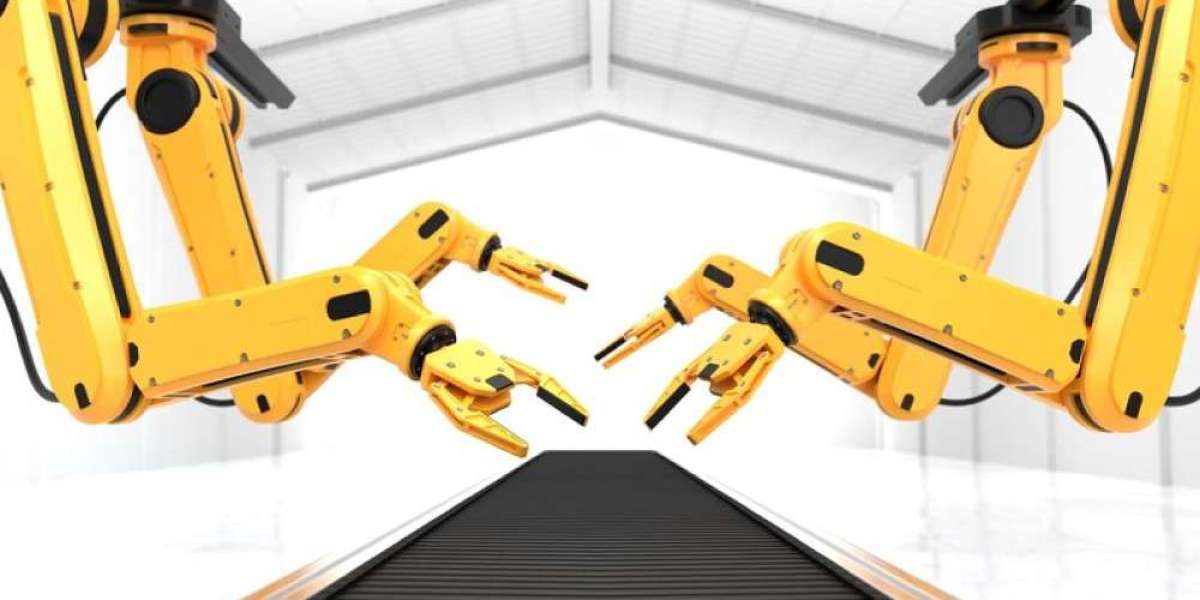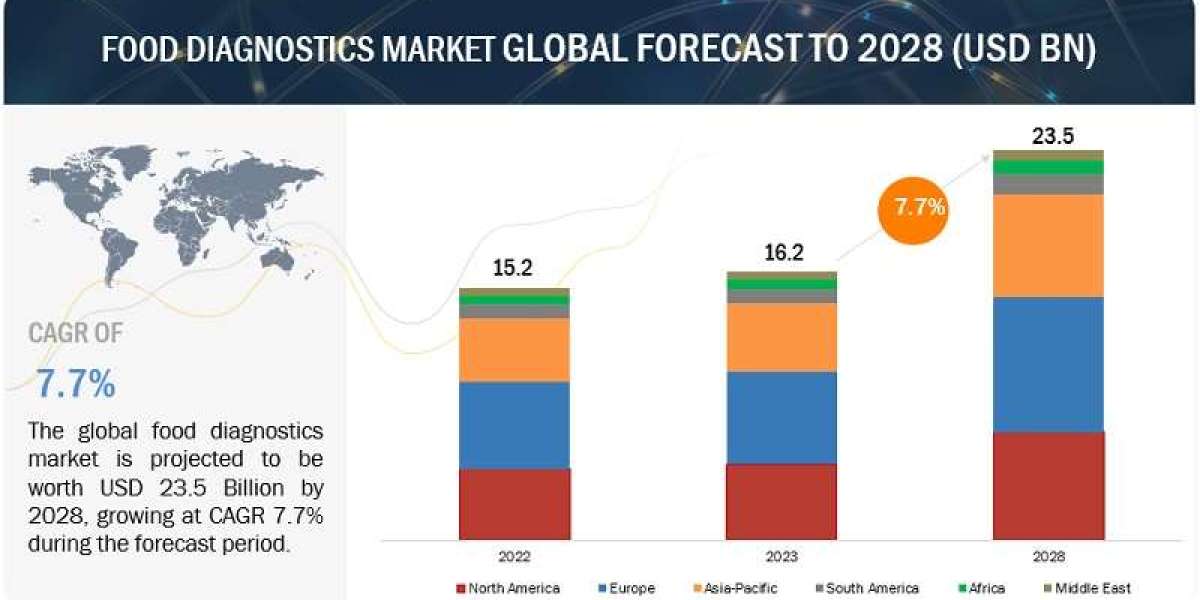Actuators Market: Trends, Growth, and Insights
The actuators market is a critical component in a variety of industries, serving as the driving force behind mechanical movements. Actuators are devices that convert energy, typically electrical, hydraulic, or pneumatic, into mechanical motion to control systems such as valves, pumps, or robotics.
The expanding application of automation in industries such as manufacturing, aerospace, automotive, and healthcare is driving a robust growth trajectory for the actuators market. The global market for actuators is expected to grow significantly over the coming years, fueled by advancements in technology, the push for energy-efficient systems, and increased demand for automation.
Market Overview
Actuators are essential for a wide array of applications, from controlling valves in pipelines to operating robotic arms in assembly lines. As industries continue to seek higher efficiency and precision, actuators are becoming more sophisticated, with a greater emphasis on miniaturization, energy efficiency, and real-time performance monitoring.
The demand for actuators spans several industries. In the automotive sector, actuators are used for powertrain systems, transmission systems, seat adjustments, and autonomous vehicle control. Aerospace applications rely on actuators for controlling flight surfaces, landing gear, and cargo doors. Similarly, the manufacturing and robotics industries use actuators extensively in assembly lines, welding operations, and precision manufacturing.
Types of Actuators
Actuators can be broadly classified into four categories: electrical actuators, hydraulic actuators, pneumatic actuators, and thermal actuators. Each type has distinct advantages depending on the application.
- Electrical Actuators: These are the most widely used actuators in modern systems due to their precision, versatility, and ease of control. Electrical actuators use motors to produce mechanical motion and are typically employed in systems requiring high precision, such as robotics and automated manufacturing. The growth of electric vehicles (EVs) and energy-efficient solutions is also driving the demand for electrical actuators, as these devices help optimize vehicle performance and enhance system automation.
- Hydraulic Actuators: Hydraulic actuators are powered by pressurized fluid and are used in applications requiring high force output. These actuators are commonly found in heavy machinery, aerospace systems, and automotive applications where high torque and robust force are needed. Although hydraulic actuators tend to be more expensive and complex compared to electrical options, their power and capability make them indispensable for certain heavy-duty industrial applications.
- Pneumatic Actuators: Pneumatic actuators use compressed air to produce mechanical motion and are commonly found in automation and control systems. These actuators are often used in environments requiring lighter loads and high-speed operations. Pneumatic actuators are popular in industries such as food and beverage manufacturing, packaging, and pharmaceutical production due to their simplicity and reliability.
- Thermal Actuators: These actuators rely on temperature changes to produce motion. Thermal actuators are often used in applications like automatic door opening, temperature-sensitive systems, and HVAC systems. Though less common than their hydraulic, pneumatic, and electrical counterparts, thermal actuators are increasingly being integrated into systems requiring precision temperature control.
Key Drivers of Market Growth
The actuators market size is driven by several key factors:
- Automation and Industry 4.0: The rise of automation across industries is one of the primary factors contributing to the growth of the actuators market. In manufacturing, for instance, actuators are essential for automating production lines and ensuring the precision of robotic arms, conveyors, and other machines. As the concept of Industry 4.0 continues to expand, which focuses on interconnected systems, smart sensors, and IoT-based automation, the demand for actuators is expected to grow exponentially.
- Energy Efficiency and Sustainability: With increasing awareness of energy consumption and environmental sustainability, there is a growing emphasis on using energy-efficient actuators. Industries are shifting toward low-energy solutions that help reduce operating costs and improve overall system efficiency. Electrical actuators, in particular, are becoming more energy-efficient as they integrate advanced technologies like variable frequency drives and power-saving mechanisms.
- Advancements in Robotics and AI: Robotics is one of the most dynamic sectors fueling the demand for actuators. As robots become more sophisticated, the need for highly precise and responsive actuators grows. Actuators are used in robotic joints, grippers, and other parts to ensure that movements are accurate and swift. Furthermore, artificial intelligence (AI) and machine learning are being integrated into robotics, creating demand for actuators that can support more complex and nuanced operations.
- Increasing Demand in Healthcare: In the healthcare industry, actuators are playing an increasingly important role in medical devices such as surgical robots, prosthetics, and patient monitoring systems. The ability to provide precise movement in these devices is essential for improving patient outcomes and ensuring the safety and accuracy of medical procedures. The growing demand for minimally invasive surgeries and personalized healthcare is expected to drive further growth in the healthcare actuator market.
- Rising Need for Electrification in Vehicles: The electric vehicle (EV) market is another significant contributor to the actuators market. Actuators are used in various EV applications, including the control of battery packs, powertrains, and braking systems. With governments and industries focusing on sustainable transportation, the adoption of electric vehicles is expected to continue rising, driving demand for actuators capable of supporting these advanced systems.
Challenges and Opportunities
While the actuators market presents substantial opportunities, it is not without its challenges. One key challenge is the high cost of some actuator systems, particularly hydraulic and advanced robotic actuators, which may limit adoption among smaller companies or in less capital-intensive industries. Additionally, there are challenges related to the integration of actuators into complex systems, especially in industries like aerospace and automotive, where precision and reliability are paramount.
On the other hand, there are several opportunities in the actuators market. The ongoing trend toward automation and the increasing need for smarter and more efficient systems in various industries present opportunities for companies to innovate. The rise of renewable energy systems, smart grids, and sustainable technologies will also likely drive demand for actuators designed to support eco-friendly systems.
Regional Insights
The global actuators market is spread across several regions, with North America and Europe being key players, owing to the presence of well-established manufacturing industries, advanced research, and development facilities. In Asia-Pacific (APAC), especially in countries like China, Japan, and South Korea, the actuators market is experiencing significant growth due to the rapid expansion of automation in manufacturing and the automotive sector. The growing adoption of advanced technology and the increasing number of industrial projects in APAC are further fueling the demand for actuators.
The actuators market is witnessing substantial growth driven by advances in automation, energy-efficient technologies, and the increasing demand for robotics, electric vehicles, and healthcare applications. As industries continue to evolve, actuators will play a pivotal role in enabling automation, enhancing precision, and improving system performance. With ongoing technological advancements, the actuators market is set to experience further innovation and expansion in the coming years.
More Related Reports












